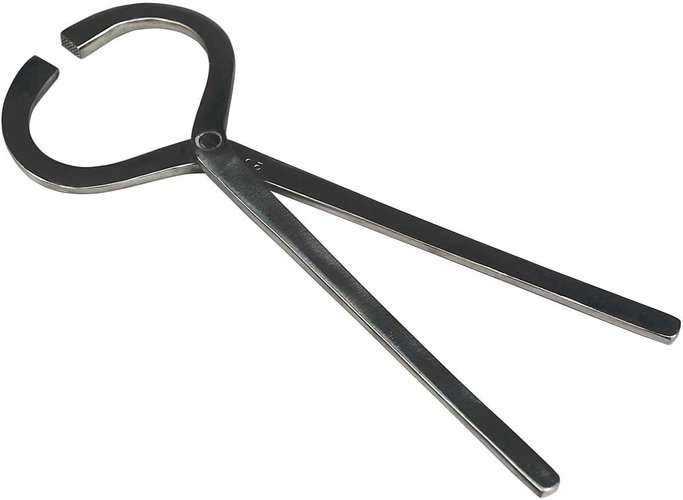Jan. 27, 2023
Dr. Williams 2022 Busy Wrap Up
The weekend hustle continued on Sunday when Cooper presented “A 360* Tour Transrectal Musculoskeletal Structures, Normal Variations, and Abnormal Findings of Clinical Significance, Developing A True Standard Baseline”.
